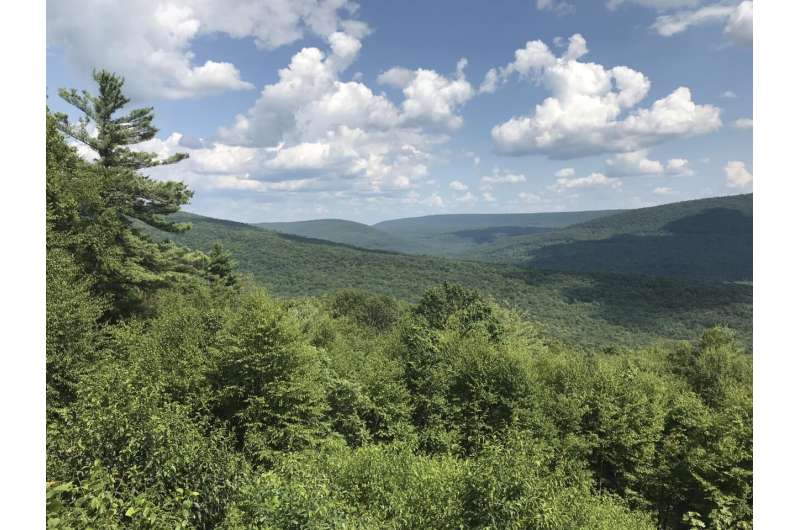
Through the process of photosynthesis, trees remove CO2 from the atmosphere to produce new growth. Yet, under stressful conditions, trees release CO2 back to the atmosphere, a process called photorespiration. With an analysis of a global dataset of tree tissue, the research team demonstrated that the rate of photorespiration is up to two times higher in warmer climates, especially when water is limited.
They found the threshold for this response in subtropical climates begins to be crossed when average daytime temperatures exceed roughly 68 degrees Fahrenheit (20˚C) and worsens as temperatures rise further.
The results complicate a widespread belief about the role of plants in helping to draw down—or use—carbon from the atmosphere, providing new insight into how plants could adapt to climate change. Importantly, the researchers noted that as the climate warms, their findings demonstrate that plants could be less able to draw CO2 out of the atmosphere and assimilate the carbon necessary to help the planet cool down.
“We found that trees in warmer, drier climates are essentially coughing instead of breathing,” said Max Lloyd, assistant research professor of geosciences at Penn State and lead author on the study recently published in Proceedings of the National Academy of Sciences. “They are sending CO2 right back into the atmosphere far more than trees in cooler, wetter conditions.”
Plants currently absorb an estimated 25% of the CO2 emitted by human activities each year, according to the U.S. Department of Energy, but this percentage is likely to decrease in the future as the climate warms, Lloyd explained, especially if water is scarcer.
“When we think about climate futures, we predict that CO2 will go up, which in theory is good for plants because those are the molecules they breathe in,” Lloyd said. “But we’ve shown there will be a tradeoff that some prevailing models don’t account for. The world will be getting warmer, which means plants will be less able to draw down that CO2.”